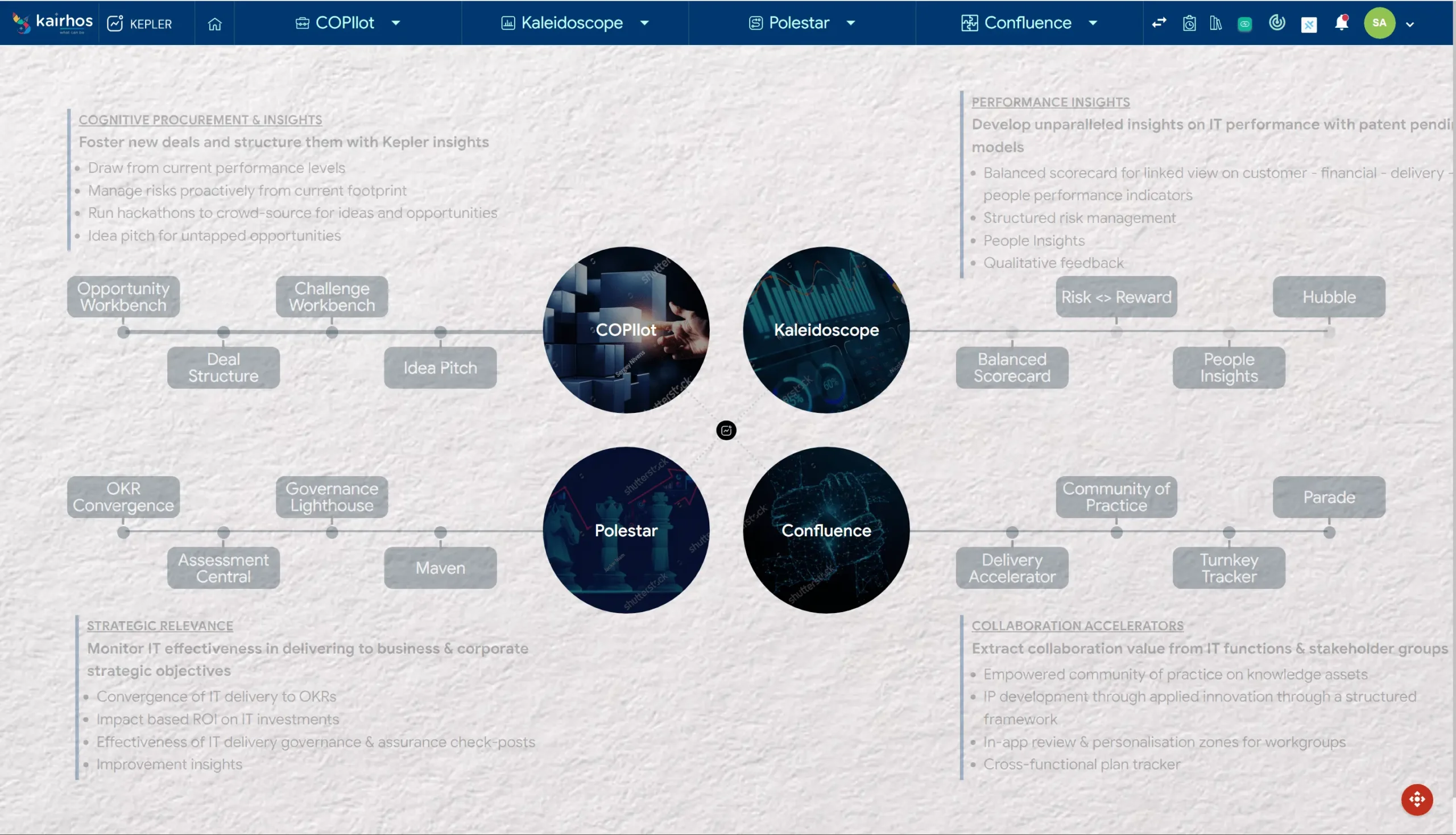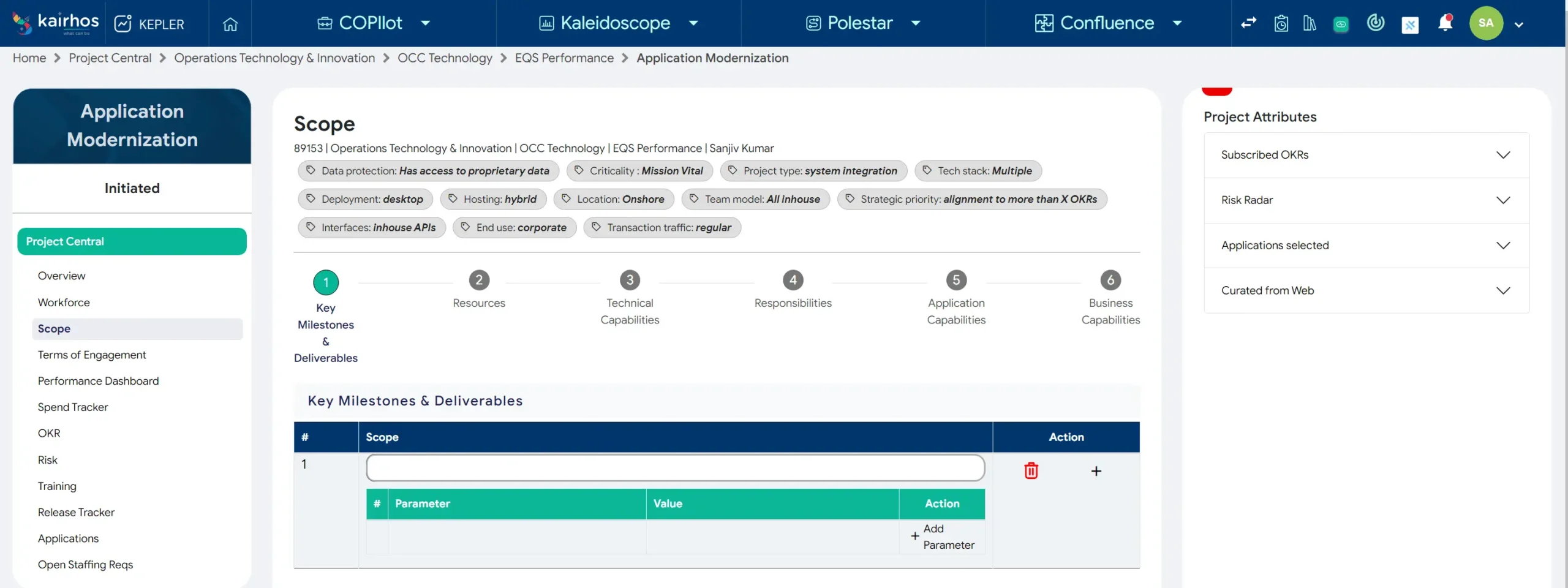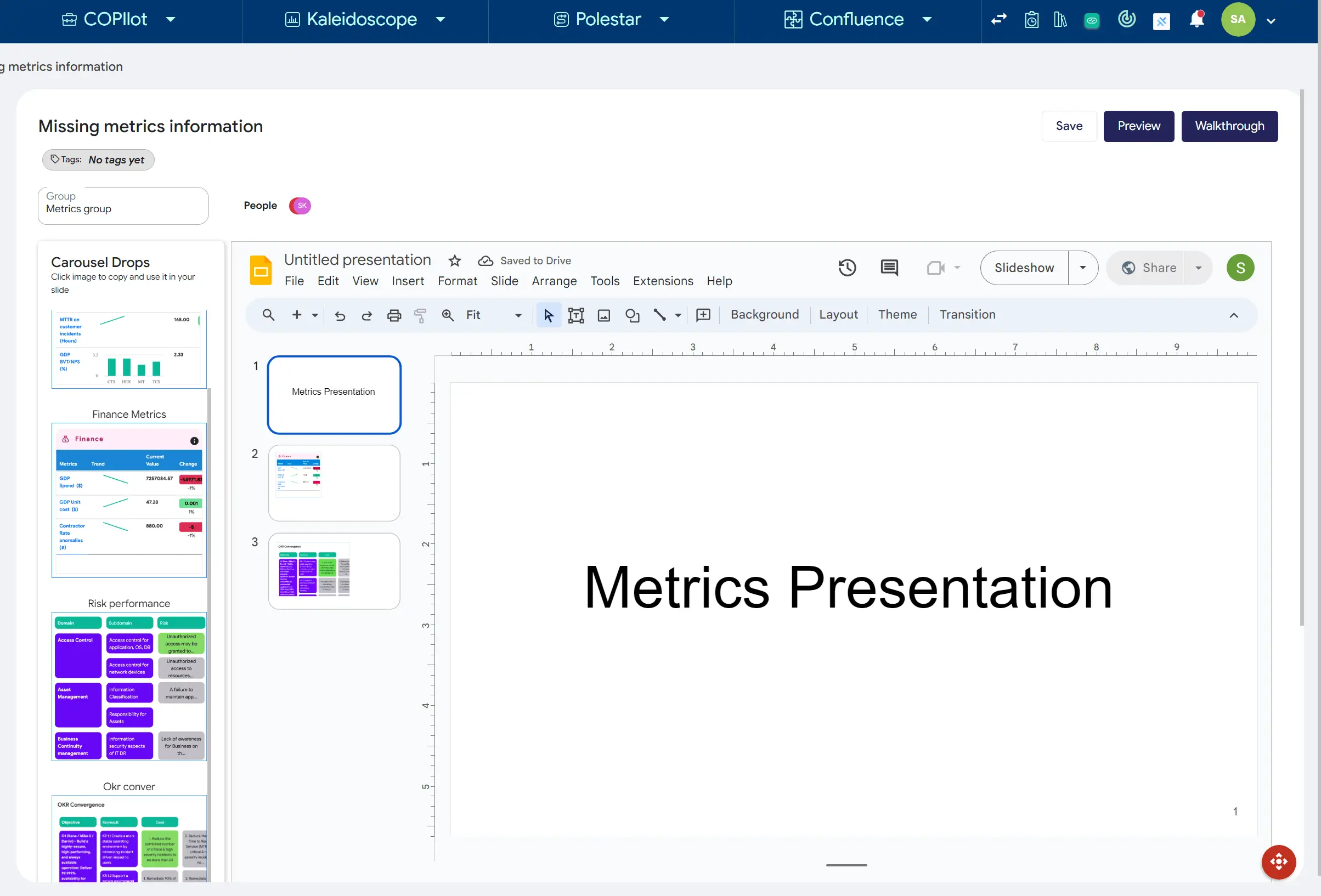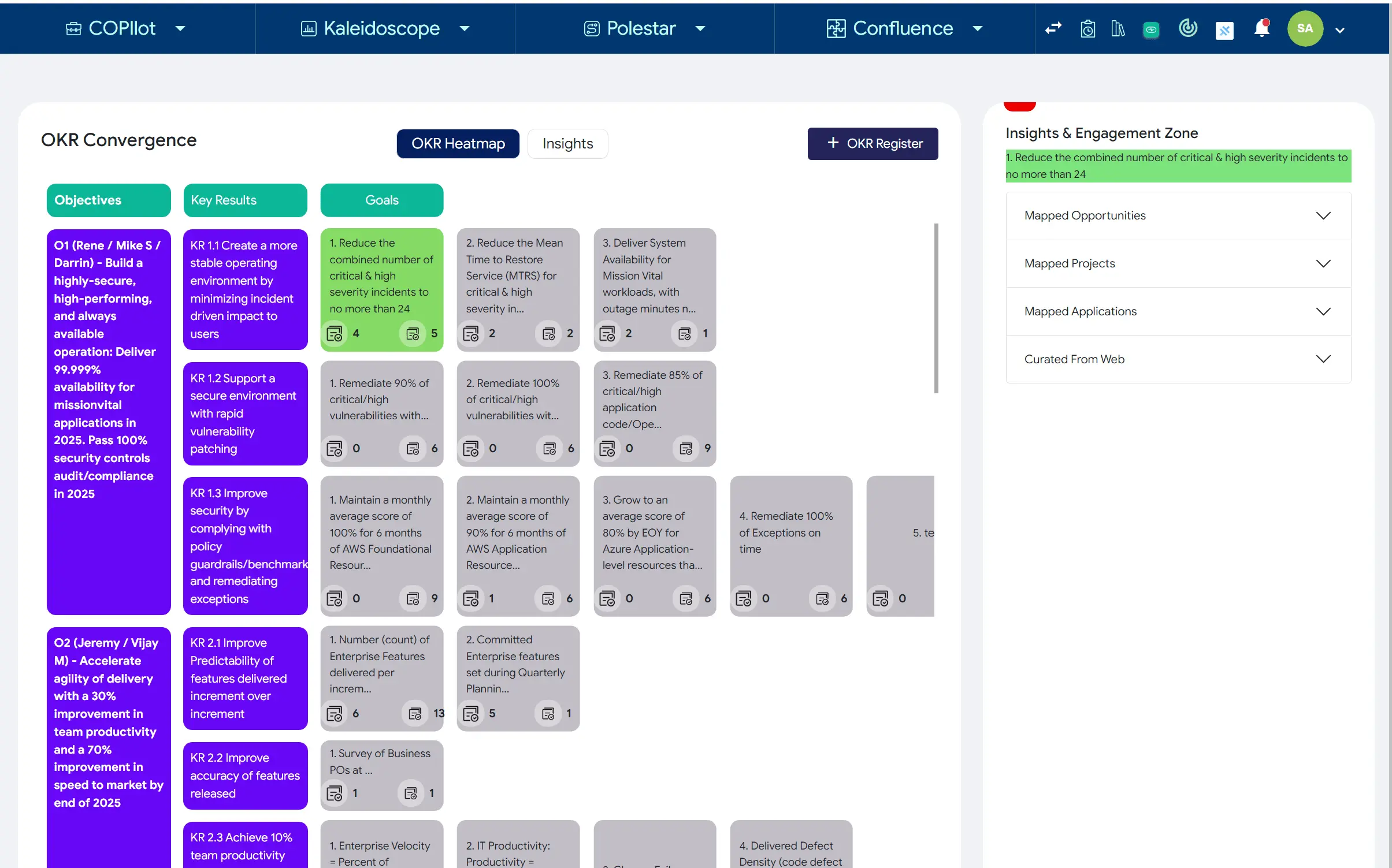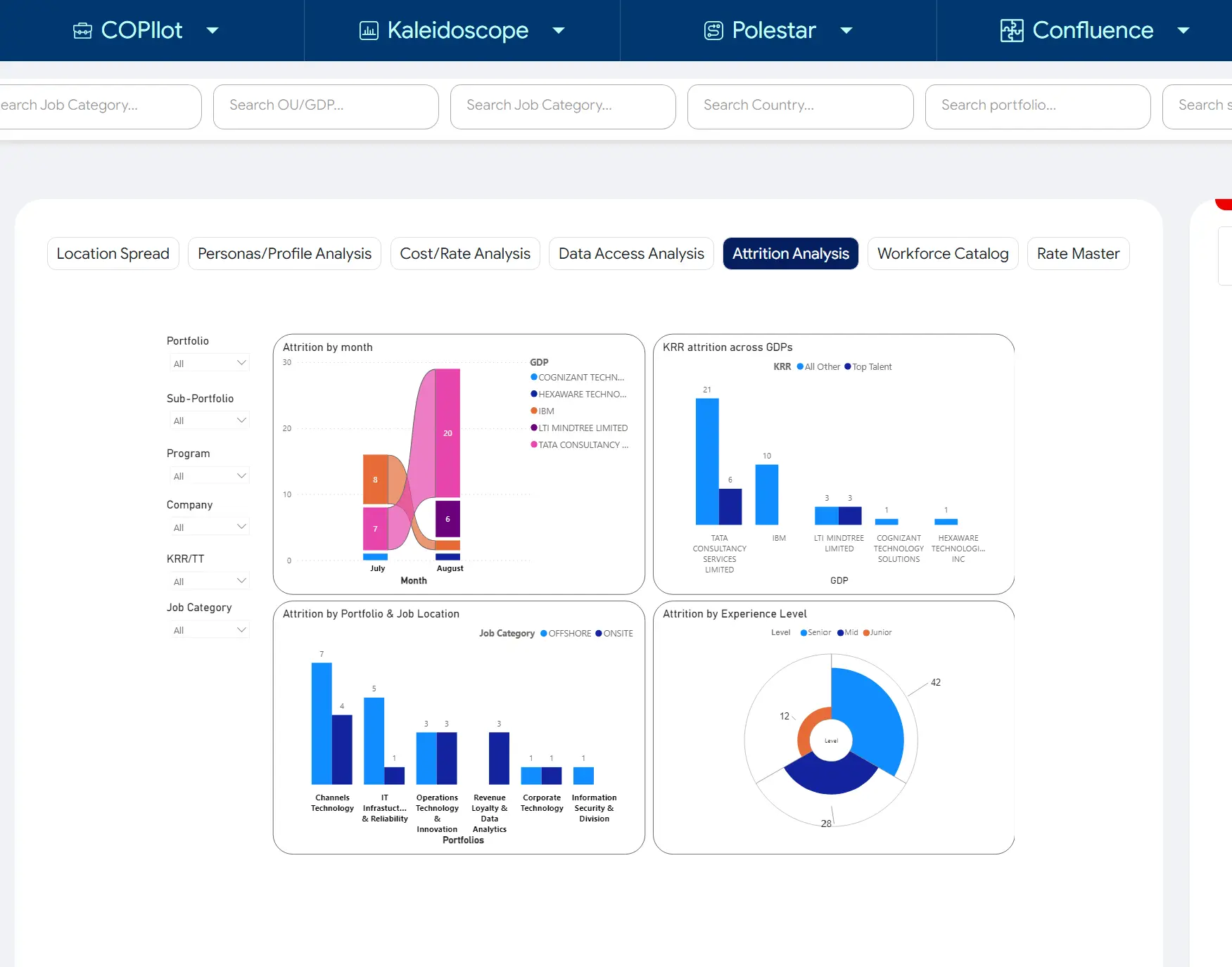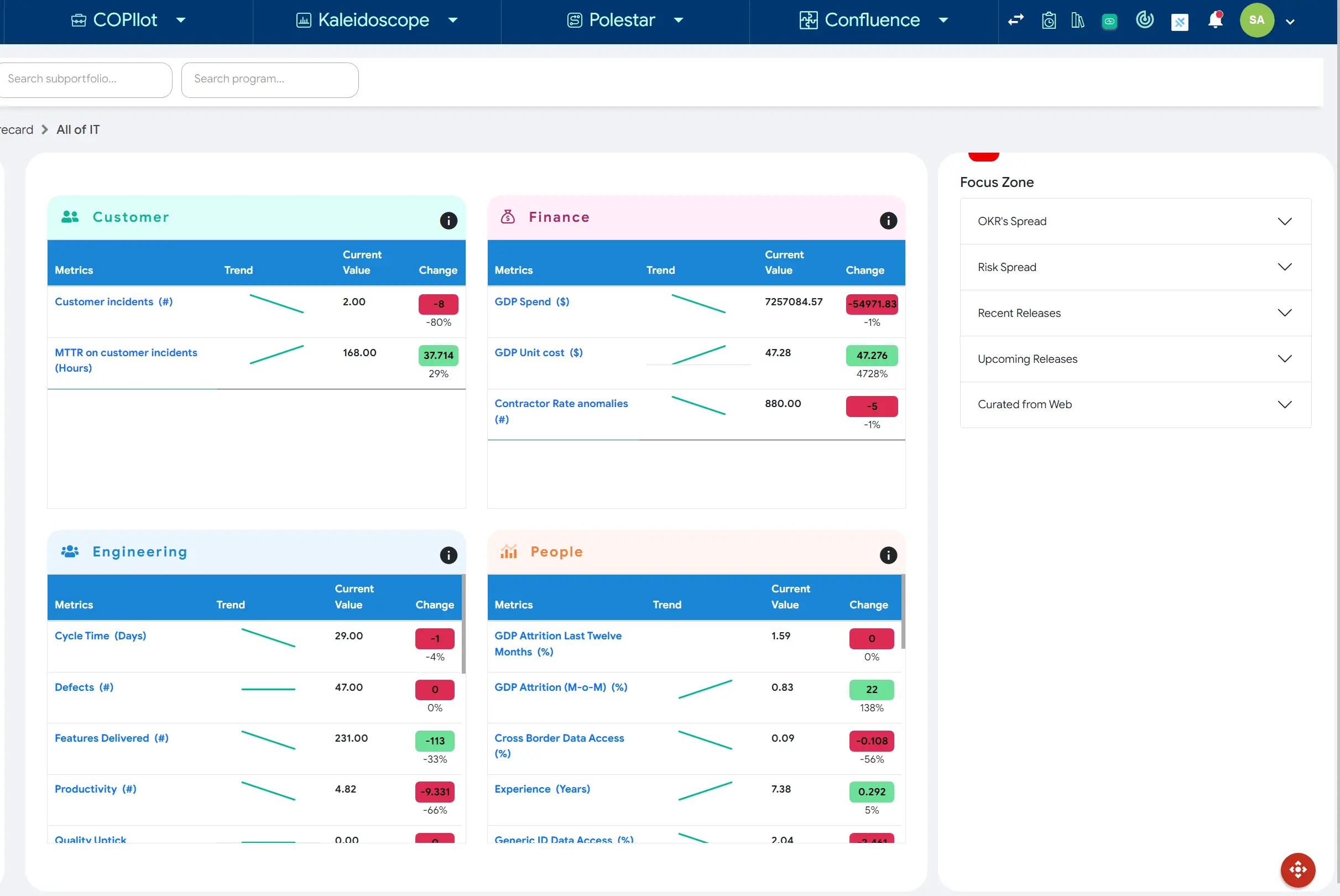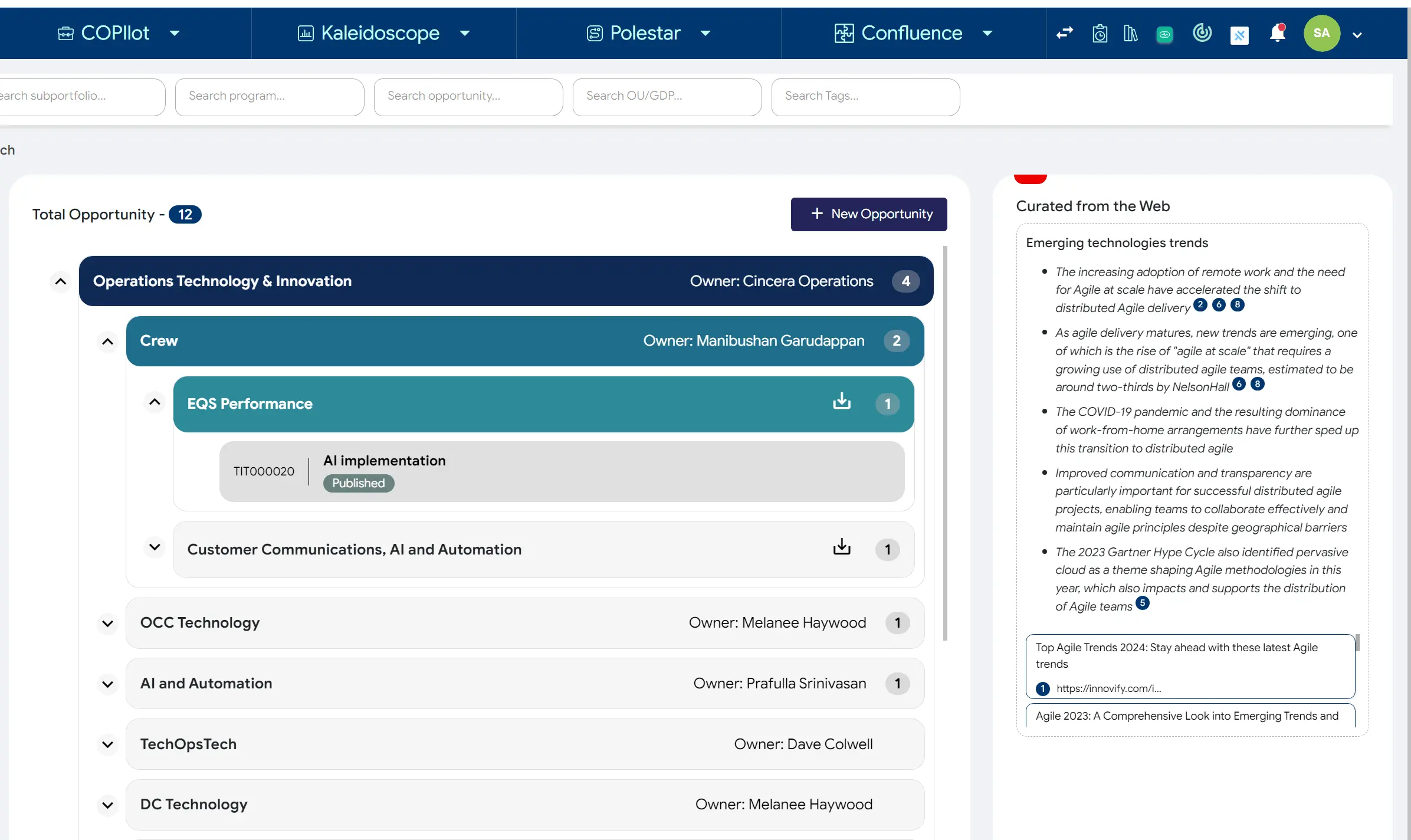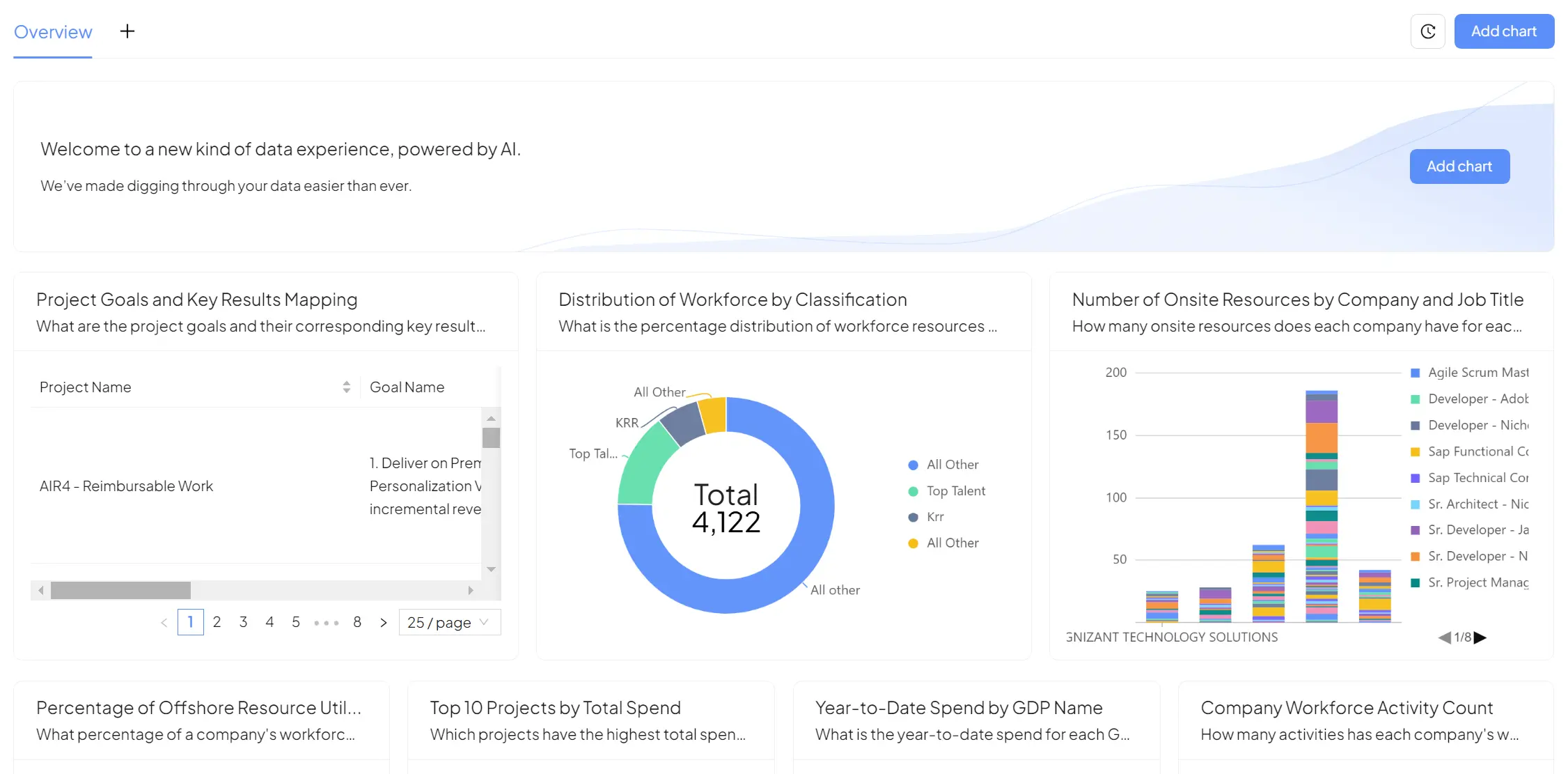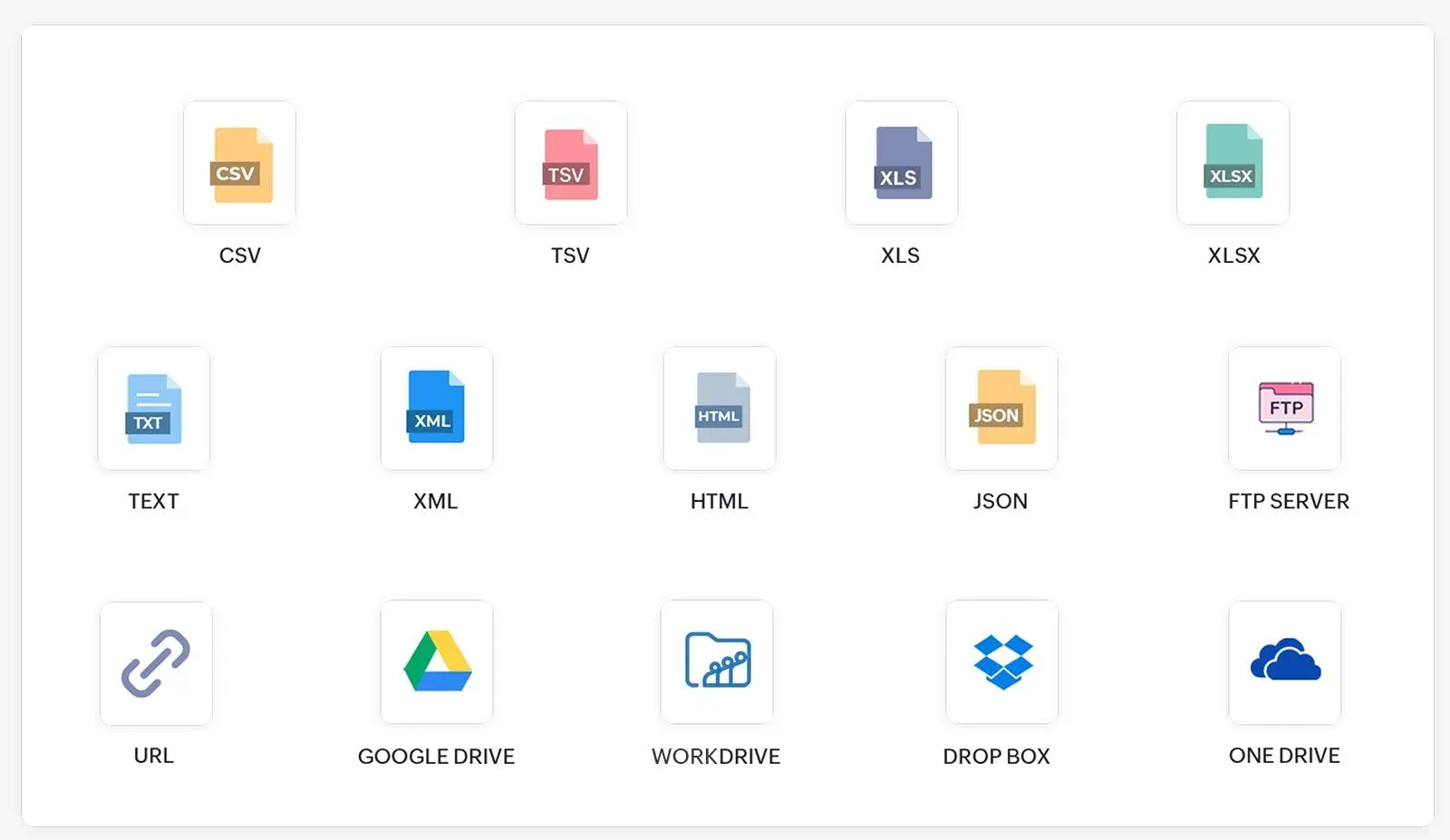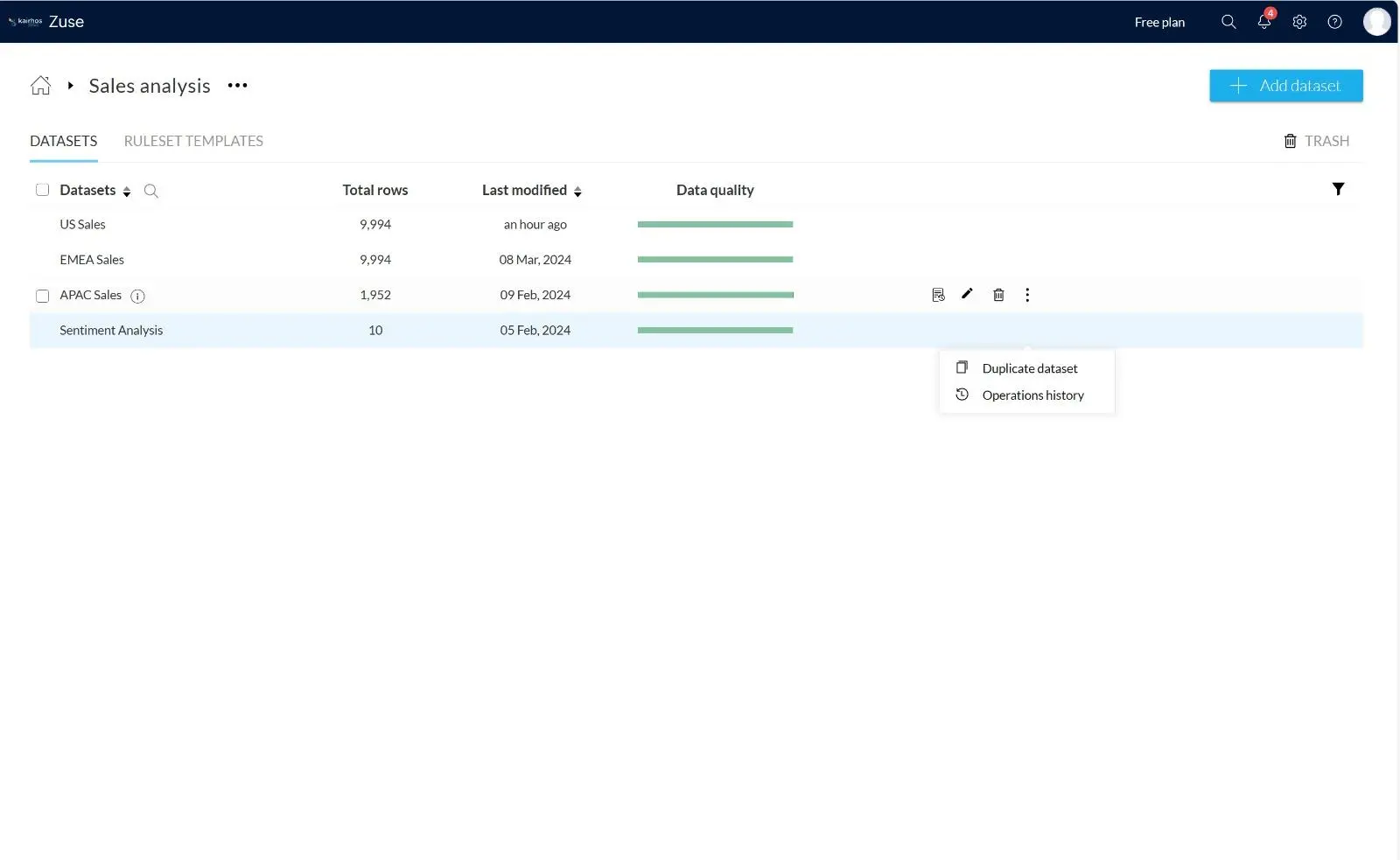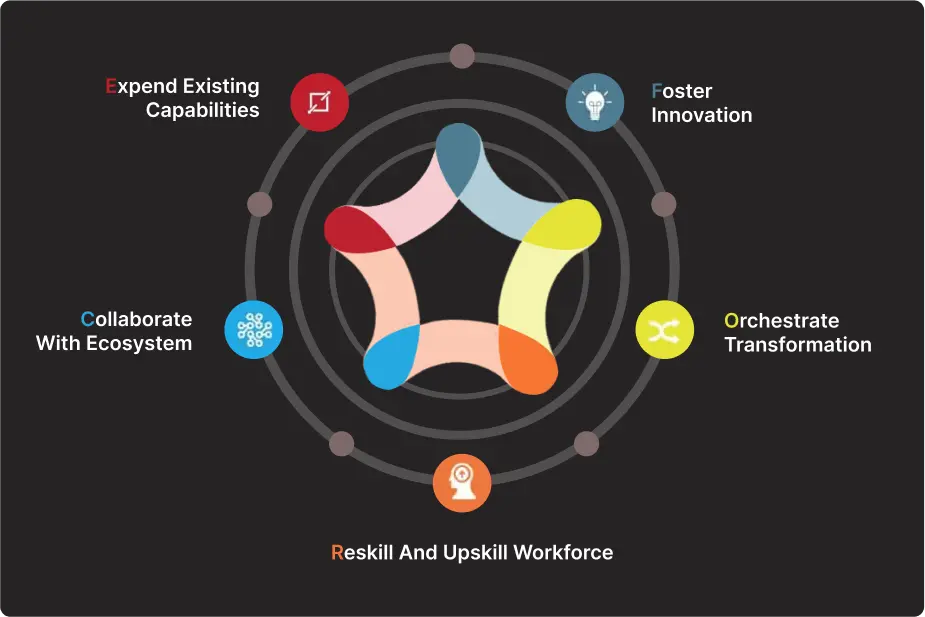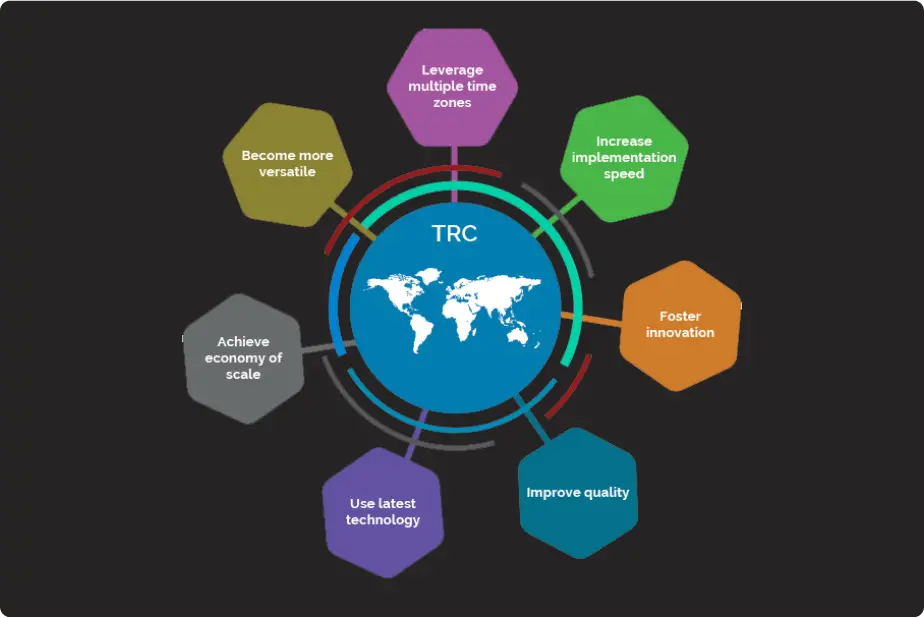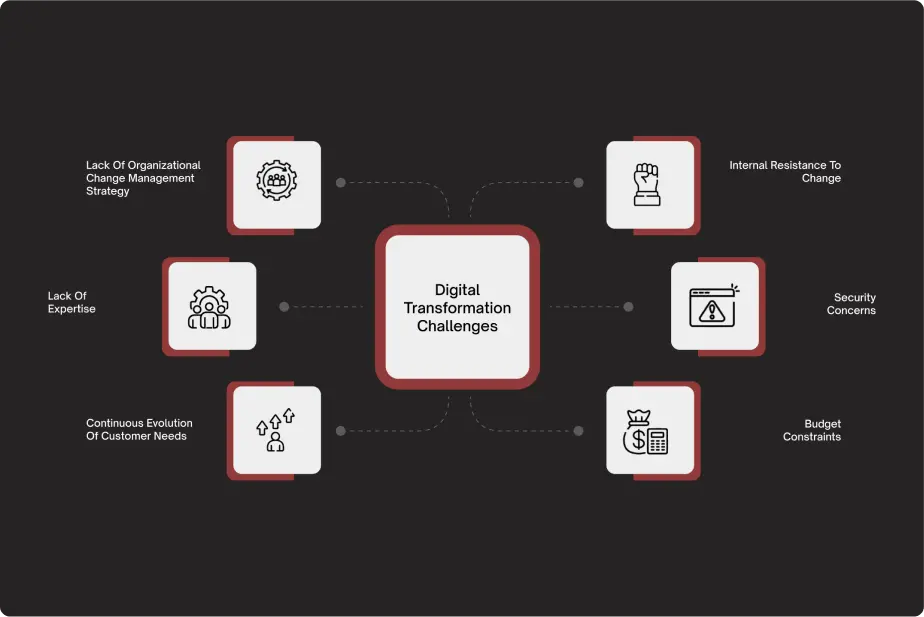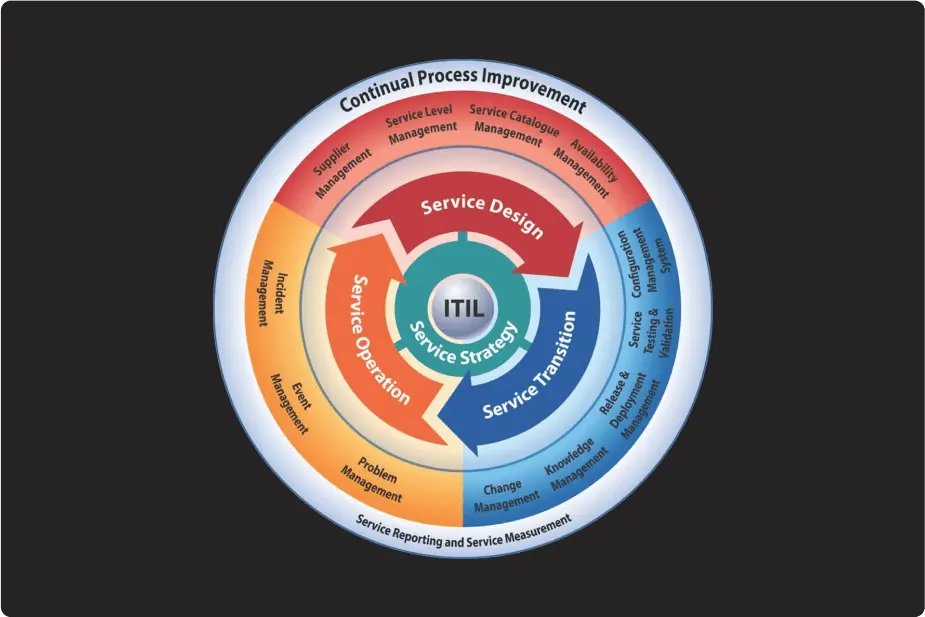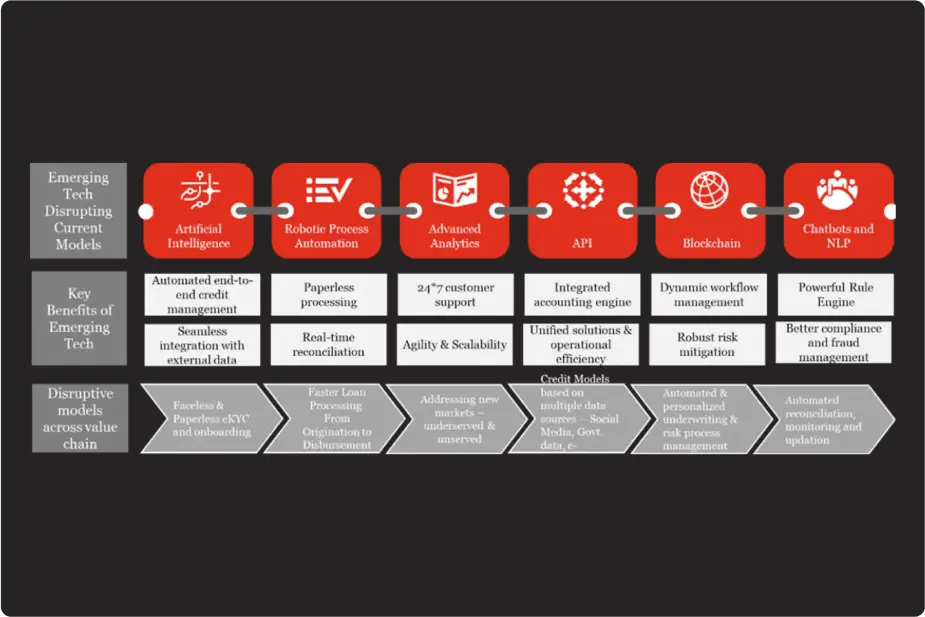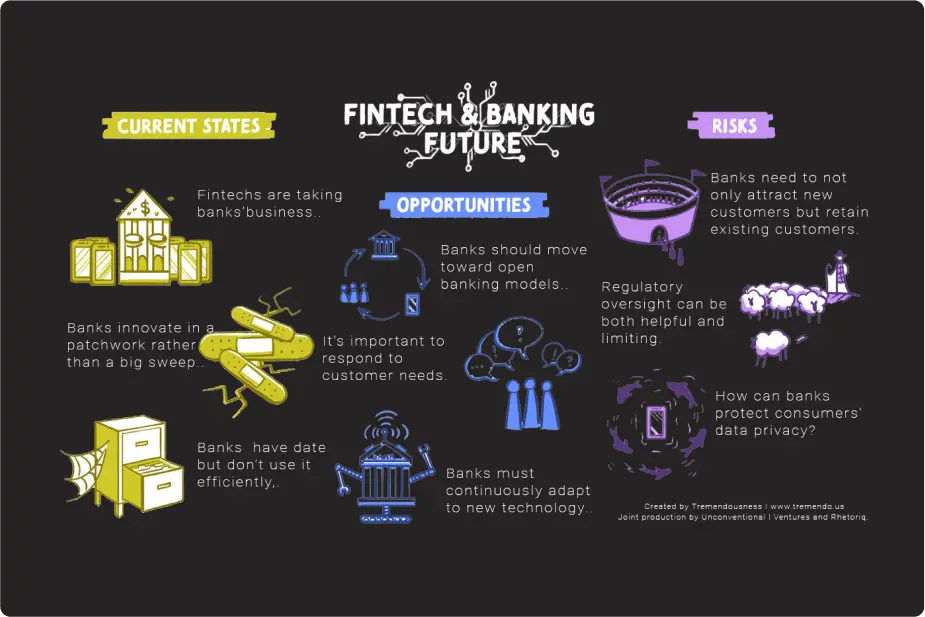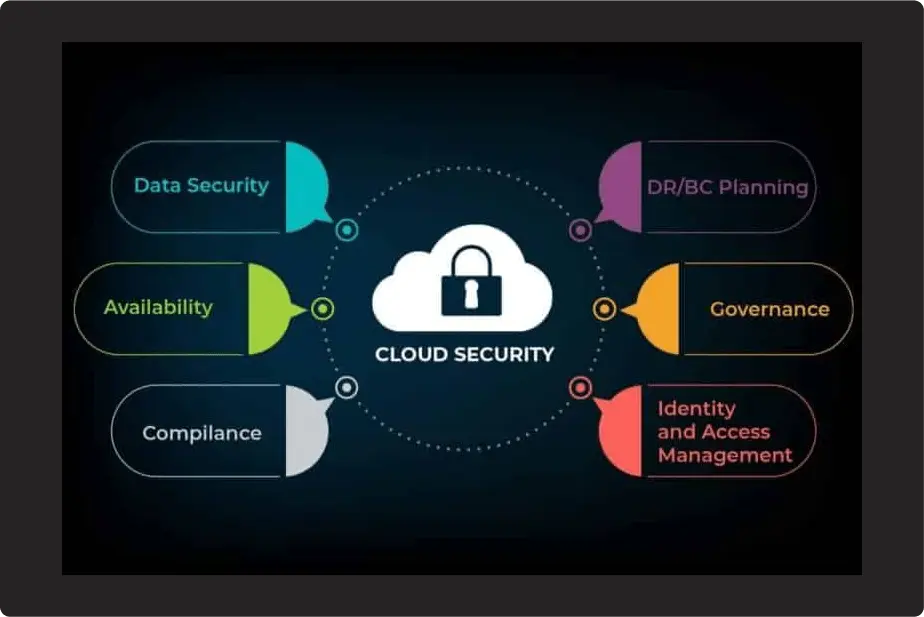Emerging trends in distributed agile delivery
Distributed agile teams are increasingly adopting several emerging trends to enhance communication, transparency, and efficiency. One notable trend is the rise of Agile Bots, which are AI-powered tools that facilitate various Agile processes, such as backlog management, sprint planning, and daily stand-ups [citation:1].
Another trend is the integration of DevOps, which combines development and operations practices, leading to faster delivery, higher quality, and improved customer satisfaction [citation:4]. Additionally, design thinking, a user-centric approach, is gaining traction among distributed agile teams, ensuring that products align with end-users' needs and requirements [citation:6].
Moreover, continuous delivery (CD) practices, such as automating software delivery and adopting cloud infrastructure, are evolving and complementing Agile development, further improving software quality and speeding up the delivery process [citation:7]. To compete with digital natives, organizations must create cross-functional teams with co-leadership of business and IT, decouple core systems, nurture engineering talent, and automate software delivery [citation:8].
Information is missing on any specific emerging trends in 2023 for Agile leadership or Agile at scale from the given contexts [citation:2]. [citation:3].
Key focus areas for finops
FinOps focuses on key areas to optimize cloud usage and increase business value [citation:4]. The specific domains of FinOps include Cloud Usage Optimization and Organizational Alignment [citation:8]. Within these domains, FinOps practitioners may concentrate on cost optimization, operational excellence, security, and compliance [citation:3]. FinOps teams are currently prioritizing cost optimization, managing commitment-based discounts, and improving forecasting capabilities to address economic pressures [citation:2].
It's important to note that the focus areas for FinOps can vary based on an organization's unique needs and current level of maturity [citation:7]. To determine the most relevant focus areas, an analysis of the organization's current operating maturity is recommended, using resources like the FinOps Framework and Assessment Tool [citation:5]. When beginning this process, it's helpful to identify specific stakeholders with cloud spend from various business areas, including FinOps or Cloud Center of Excellence teams, if they exist [citation:6].
Indian IT services industry
The Indian IT services industry, which includes information technology services and business process outsourcing, contributed 7.4% to India's GDP in FY 2022 [citation:3]. The domestic IT & business services market in India was valued at USD 13.87 Billion in 2022, with a year-over-year growth of 7.4% [citation:6]. This growth can be attributed to the increasing digital transformation initiatives among enterprises in the country [citation:6]. The infrastructure services segment is projected to be the industry's most lucrative in 2022, with total revenues of $29.3 billion [citation:8]. The Indian IT & business services market is expected to grow by 12.98% (2024-2028), resulting in a market volume of US$43.09bn in 2028 [citation:4].
For more detailed information and trends in the Indian IT industry, you can refer to the Nasscom Annual Enterprise & Tech Services CXO Survey 2024 and the Nasscom strategic review report 2024 [citation:7]. However, specific data and reports were not provided in the contexts, so I cannot directly reference them.
[citation:1]. [citation:2]. [citation:3]. [citation:4]. [citation:6]. [citation:7]. [citation:8].
Global GCCs and India's role
Global Capability Centers (GCCs) are integral to the growth of multinational corporations, and India plays a significant role in this landscape [citation:2]. [citation:6]. The country has demonstrated a steady increase in the number of global leadership positions within its GCCs, from 115 in 2015 to over 5,000 in 2022 [citation:5]. This trend is expected to continue, potentially reaching 20,000 by 2030 [citation:5].
India's GCC market has witnessed substantial expansion, with over 1580+ GCCs and more than 2740 centers, clocking a 5.9% CAGR in FY 2023 [citation:4]. These GCCs house approximately 1.66 Mn+ installed talent, driven partly by the rise of tier-II GCC talent.
Political stability, a healthy domestic consumption-based economy, and a robust regulatory system for the financial sector make India an attractive destination for outsourcing, even amidst global economic challenges [citation:6]. [citation:8]. As businesses navigate layoffs, GCCs in India are poised to absorb roles, reinforcing their contribution to the nation's economy.
However, the context does not provide specific information on the future prospects of GCCs in India beyond 2030 [information is missing on: long-term prospects of GCCs in India after 2030].
India IT industry performance
The Indian information technology (IT) industry has shown robust growth, with revenue reaching $227 billion in FY2022, representing a 15.5% increase, the highest in over a decade [citation:7]. [citation:8]. This growth is attributed to a combination of digital and innovation, with platformization and Anything-as-a-Service (XaaS) playing instrumental roles [citation:4]. [citation:8]. The industry is expected to continue its growth trajectory, with revenue estimated to reach $254 billion in FY2024, a 3.8% year-over-year increase [citation:2]. [citation:3]. This growth is driven by several key domains, including spatial computing, the industrial metaverse, cloud computing, and generative AI [citation:2]. Additionally, devices spending in India is projected to grow 10.1% year-over-year in 2024 [citation:6].
However, the industry faced a sluggish phase in 2022 and 2023 due to inflationary pressures [citation:6]. Despite this, the Indian tech industry has maintained its status as a trusted global leader, with stakeholders expecting India to emerge as a key player in several domains [citation:2].
Information is missing on the performance of the Indian IT industry in specific domains and the impact of government initiatives on digital adoption.
Transformations in digital banking
Digital transformation in banking is a comprehensive change involving cultural, organizational, and operational shifts through technology adoption [citation:2]. This process includes modernizing traditional banking systems and processes [citation:7]. A key challenge is addressing large-scale security obstacles as it becomes more difficult for banks to keep up with technological advancements [citation:1].
While customers increasingly demand digital banking products tailored to their needs, incumbent banks should emulate leading tech companies' approaches to excel in digital banking [citation:4]. Not fully involving all stakeholders and underestimating the complexities of executing a digital transformation often lead to exceeded timelines, budgets, or failures [citation:8].
Additionally, the COVID-19 pandemic prompted accelerated adoption of digital banking and payments tools and platforms, exposing unfinished digital transformations in traditional banks [citation:6].
However, digital banks may face vulnerabilities concerning safeguards for customers and regulators compared to traditional banks [citation:5]. In conclusion, successful digital transformation in banking requires addressing both the potential and existing challenges to ensure operational efficiency and enhanced customer experiences [citation:1]. [citation:7].
Information is missing on specific strategies and best practices for successful digital transformations in banking. For more in-depth knowledge, consulting industry experts or literature on the topic might be beneficial.
Role of AI in customer experience
The role of Artificial Intelligence (AI) in customer experience is to help businesses understand their customers and make improvements to the overall customer journey [citation:5]. [citation:6]. AI-enabled CX tools can increase engagement, leading to more opportunities for cross-selling and upselling while reducing overall costs [citation:2]. Businesses often use AI for behavioral segmentation to target personalized products and marketing at specific customer groups [citation:5]. Besides, AI helps employees succeed in their roles, aiding in the provision of excellent customer experience [citation:7]. Keep in mind, though, that sufficient support and encouragement for employees are prerequisites for well-rounded AI customer experiences [citation:7]. In summary, AI plays a significant, transformative role in orchestrating positive, intimate, and customized omnichannel customer exchanges [citation:8]. Nonetheless, information is missing on various AI-enabled technologies most useful for CX at present [citation:4].
Major trends in technology outsourcing
In 2023, the technology outsourcing industry is projected to reach a significant market volume of US$430.50 billion, with a consistent annual growth rate (CAGR 2023-2027) of 8.07%, reaching US$587.30 billion by 2027 [citation:4]. This growth is influenced by various factors, including historical macroeconomic figures and geopolitical shifts [citation:6].
A key trend in technology outsourcing is the increasing adoption of AI technology across industries, from healthcare to transportation, leading to a major shift in business operations with AI-driven automation and outsourcing [citation:1].
Regarding IT outsourcing specifically, U.S. business owners are increasingly turning to IT outsourcing to drive efficiency, innovation, and growth [citation:3]. As per a Clutch survey, 90% of small U.S. businesses plan to outsource a business process in 2022, a trend that is expected to continue and disrupt various industries in 2023 [citation:8].
An emerging trend in IT outsourcing is the preference for nearshore outsourcing over offshore outsourcing, as businesses seek to mitigate risks associated with offshore partnerships [citation:8].
In conclusion, the technology outsourcing industry, including IT outsourcing, is poised for significant growth and transformation in 2023, driven by the widespread adoption of AI technology and a shift towards nearshore partnerships.
Cybersecurity implications for financial institutions
Financial institutions face growing cybersecurity risks due to their increasing dependence on computer systems and digital technologies [citation:2]. To manage these risks, it's crucial for institutions to embed cybersecurity into new products, services, and channels [citation:5]. A public report by Lepton AI provides best practices for managing AI-specific cybersecurity risks in financial institutions, based on interviews with industry stakeholders [citation:1]. The FFIEC's Cybersecurity Resource Guide offers voluntary resources to strengthen resilience against cyber threats, though it does not endorse specific organizations or tools [citation:3]. A Deloitte survey examines how firms develop and deploy best practices, encouraging institutions to learn from their peers' experiences [citation:4]. The FFIEC's 2022 update to its Cybersecurity Resource Guide includes ransomware-specific resources [citation:8]. The global community must cooperate to protect the financial system from cyber threats, as exemplified by the 2016 hacking attempt on the central bank of Bangladesh [citation:7].
Generative AI for developer productivity
Generative AI can significantly enhance developer productivity in several ways. It can expedite manual and repetitive work, such as auto-filling standard functions and completing coding statements [citation:1]. [citation:2]. [citation:3]. According to a McKinsey study, software developers can complete coding tasks up to twice as fast with generative AI [citation:2]. By automating these tasks, developers can focus on more complex and creative aspects of their work [citation:5].
However, the benefits of generative AI extend beyond coding and testing. When integrated into daily workflows, generative AI can improve developer satisfaction, collaboration, and flow, maximizing productivity gains [citation:4]. It can also help organizations address the 27 million AI engineer talent gap by enabling existing developers to do more with less [citation:6].
It's important to note that while generative AI can provide significant productivity benefits, leaders should ensure they understand how it can improve the developer experience as a whole to fully realize its potential [citation:4]. Additionally, information is missing on the specific generative AI tools and practices that can achieve these productivity gains.















